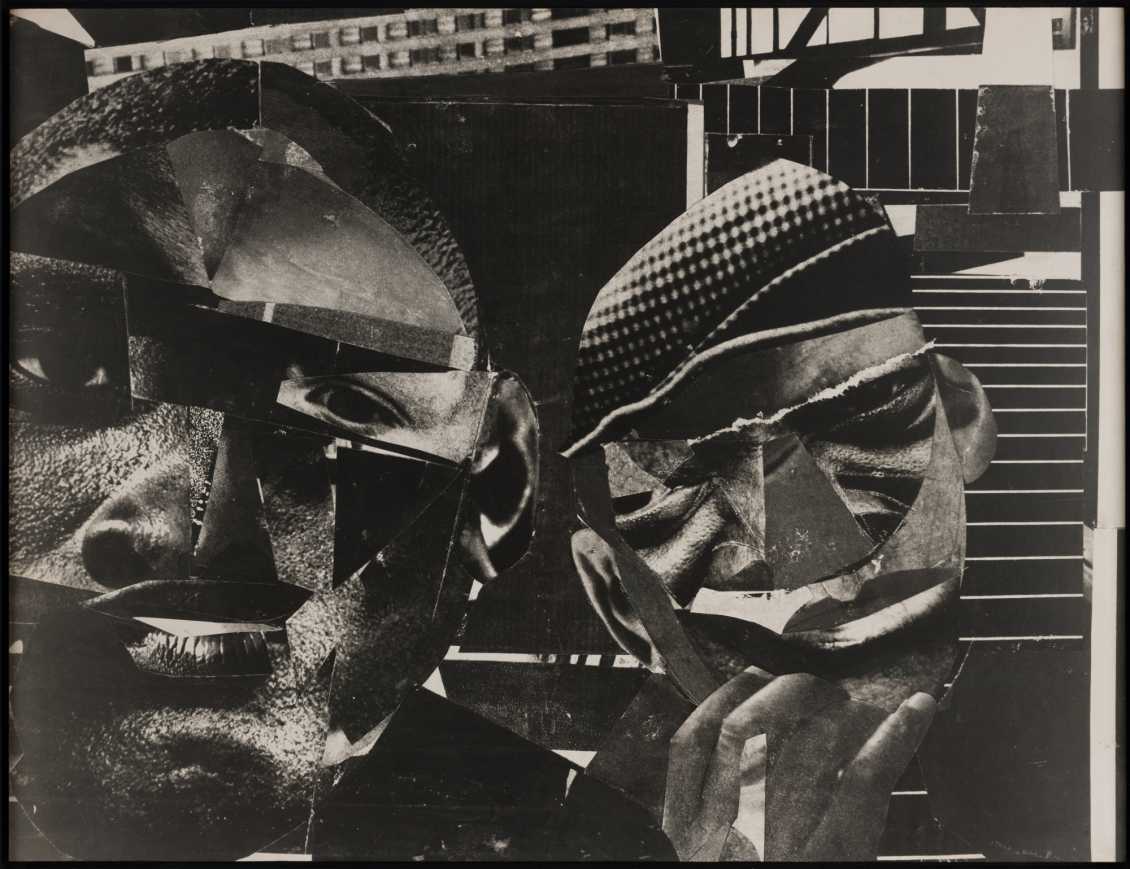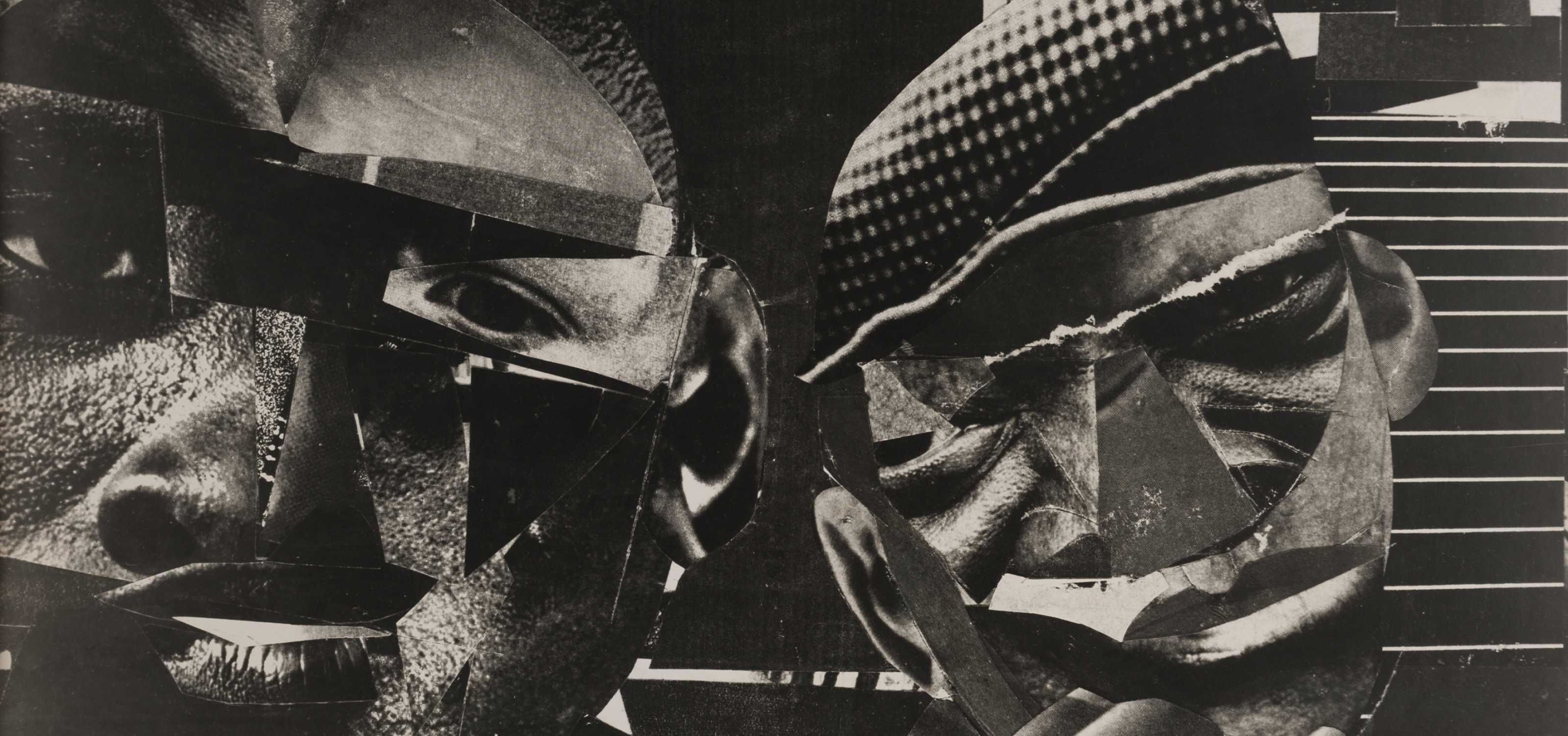Cut Up/Cut Out: Photomontage and Collage
By cutting out, reshuffling, and layering multiple photographs, artists create composite artworks called photomontages and collages. First coined by Berlin Dada artists John Heartfield and Raoul Hausmann at the beginning of the First World War, the photomontage was originally conceived as a form of social and political critique. With further developments from Cubist and Surrealist artists, both techniques gained widespread appeal for their capacity for abstraction, experimentation, and narrative building. Photomontages and collages can create both seamless compositions, as well as generate new relationships and dialogues between individual pictures.
Cut Up/Cut Out: Photomontage and Collage explores these photographic techniques as enduring forms of artistic engagement, highlighting several new acquisitions and contemporary examples from the Norton’s Collection, as well as a selection of special loans. These hybrid forms can even point us to the foundations of our contemporary digital experience, as such widespread and rapid access to information continues to change and accelerate our ability to cut, mix, and paste each day.

Romare Bearden (American, 1911-1988), Pittsburgh Memory, 1964

Martha Rosler (American, born 1943), Beauty Rest, from the series House Beautiful: Bringing the War Home, circa 1967 – 1972

Barbara Kruger (American, born 1945), Surveillance Is Your Busywork, 1984 - 1986

Wangechi Mutu (Kenyan, born 1972), Crown, 2006
Organized by the Norton Museum of Art.
Support for this exhibition was provided by the Sydelle and Arthur I. Meyer Endowment Fund and the Michael M. Rea Endowment for Special Exhibitions.



